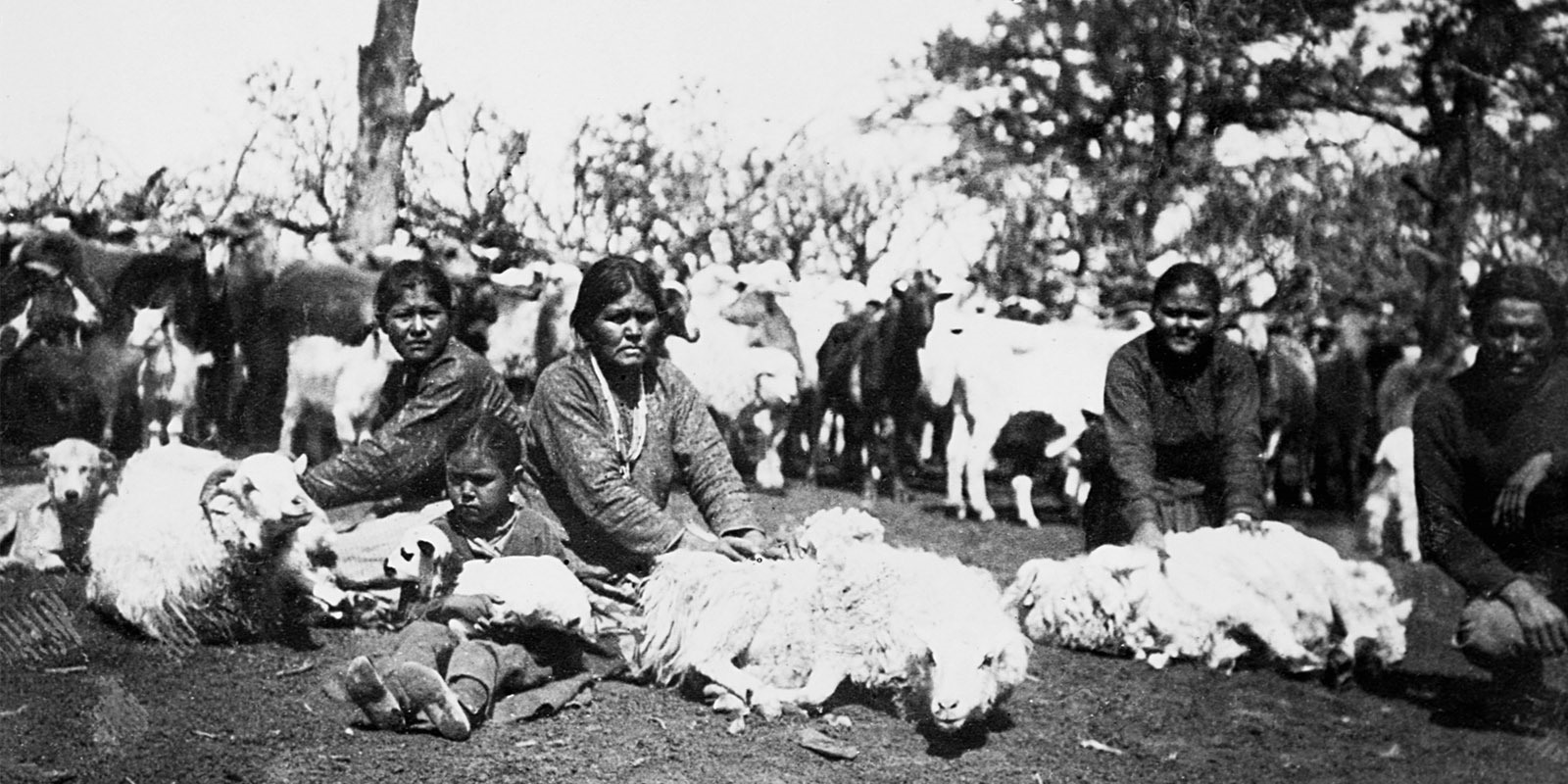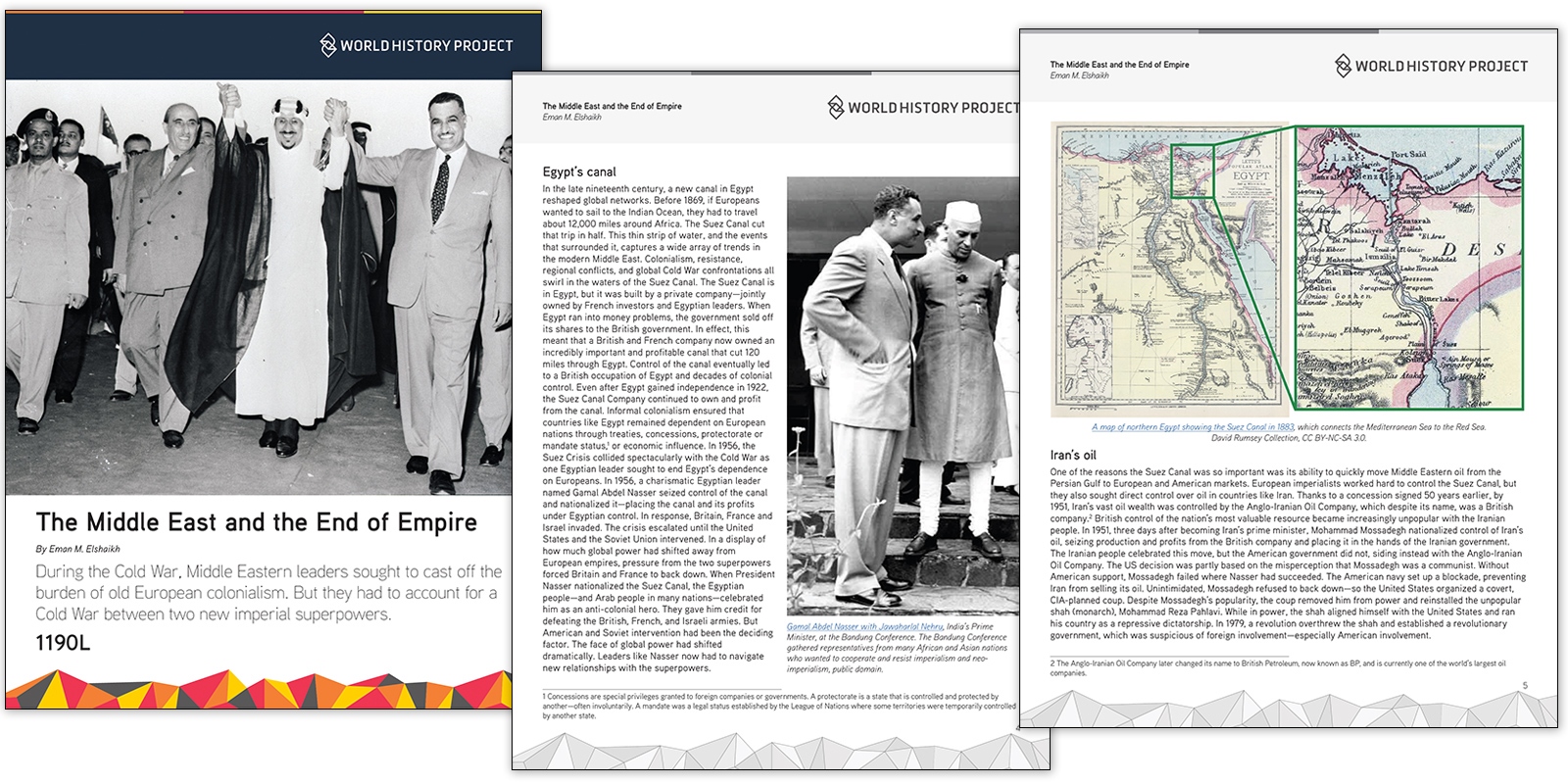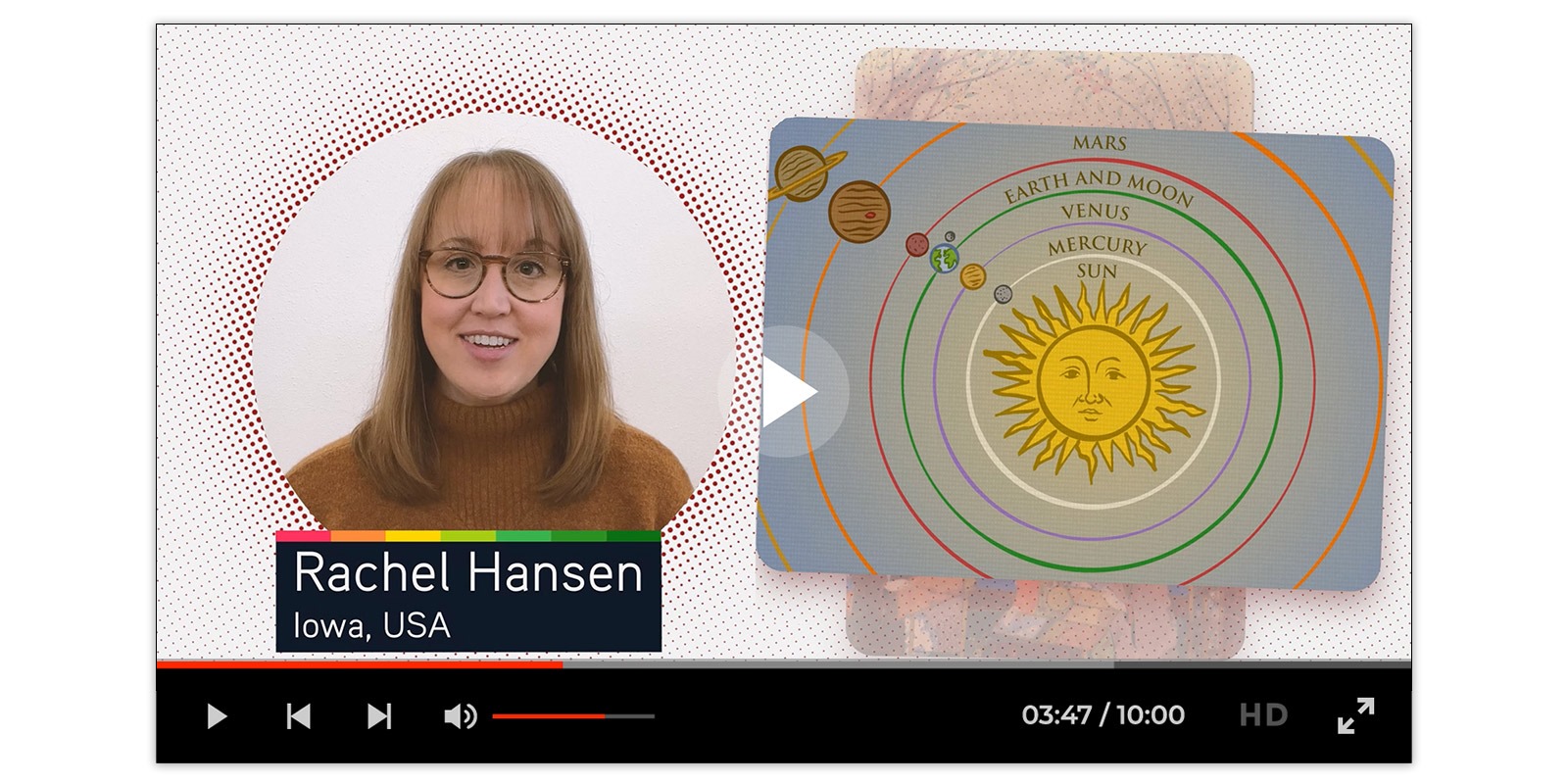By Sharon Cohen, AP® World History Teacher, Maryland
Many AP® teachers, particularly those new to AP, think that they must cover every illustrative example listed in the College Board’s Course and Examination Description (CED). This blog post is intended to help you understand that the illustrative examples are useful suggestions, not requirements. When the AP World History Development Committee added illustrative examples to the CED in 2017, they wanted to offer suggestions for historical examples on topics not as well known or touched on in textbooks. Moreover, the Committee’s expectation was that teachers would use their own examples of historical developments. It was never intended that AP teachers must use the illustrative examples list. So as you head into your AP classroom this semester, rest reassured that your students are not required to recall specific illustrative examples to do well on the exam.
That said, the illustrative examples can be quite useful. Here are a few suggestions for how you can choose to use illustrative examples or how you might use other appropriate evidence of historical developments:
- In Unit 1, it might seem from the illustrative examples that it’s necessary for students to learn all three new Islamic political entities as well as the seven different Hindu and Buddhist states. A tall order for the first month of class! However, students only need to learn enough evidence to craft responses to a comparison prompt on state formation in this era, which is the skill and content required to fulfill Topic 1.7 (Comparison in the Period from c. 1200 to 1450). The 10 states listed as illustrative examples in the CED are intended to provide you with useful suggestions for evidence that students can use to answer that prompt. The world from 1200 to 1450 was filled with many other political entities that you may choose instead.
 Unit 1 LEQ writing prompt
Unit 1 LEQ writing prompt
-
In Unit 4, under Topic 4.3 about the effects of the Columbian Exchange, the list of illustrative examples includes “Domesticated Animals: Horses, Pigs or Cattle” and “Foods Brought by African Slaves: Okra or Rice,” but teachers could choose instead to highlight sheep for their important role in altering Navajo economies, or teachers could emphasize how Africans brought black-eyed peas to the Americas. All that’s necessary is that students be able to identify, perhaps in a primary or secondary source excerpt, that those examples are evidence of the effects of Afro-Eurasian plants and animals in the Americas.

Navajo women shearing sheep. © CORBIS/Corbis via Getty Images. -
In Unit 8, Topic 8.6 (“Newly Independent States”), the illustrative examples for the historical development of “governments guiding economic life to promote development” include Gamal Abdel Nasser’s promotion of economic development in Egypt, Indira Gandhi’s economic policies in India, Julius Nyerere’s modernization in Tanzania, and Sirimavo Bandaranaike’s economic policies in Sri Lanka. I often used those examples, but when I was pressed for time, I only used the case study of the 1975 decision by Jamaica’s Prime Minister Manley to demand a minimum price for the bauxite mined in Jamaica (bauxite is a key ingredient used to make aluminum pots and pans).
 Pages from the The Middle East and the End of Empire article.
Pages from the The Middle East and the End of Empire article.
The important takeaway is that the lists of illustrative examples in the CED are there to assist teachers new to the course as well as veteran teachers looking for new ideas. But feel free to ignore them if you have your own relevant case studies. Just remember, the illustrative examples are not prescribed, required, or necessary items for students to memorize. They’re just there to help you, the teacher, in whatever way best fits your teaching situation. That should ease the perceived pressure of covering all these examples in your class.
What are some examples or case studies you use in your classroom to teach certain topics in the CED? Share your thoughts and get some new ideas in the WHP AP Community! Oh, and be sure to check out the AP Overview videos (here’s the video for Unit 1), featured at the beginning of each unit. Each of these videos digs into one illustrative example, providing a model for students as they gather evidence for the exam.

Unit 1 Overview: The Global Tapestry
About the author: Sharon Cohen taught AP® world history to juniors and seniors at Springbrook High School in Montgomery County, Maryland. At Springbrook, about 100 students take AP world history as a year-long course, meeting five days a week for 47 minutes. Sharon Cohen piloted the AP world history course in 2000 and the WHP AP course in 2020.
Cover image: A sandstone Buddha head entwined in the roots of a Bodhi tree is seen at the fourteenth-century Wat Mahathat temple complex in the ancient capital of Ayutthaya, a UNESCO world heritage site north of Bangkok. ©Manan VATSYAYANA/AFP via Getty Images.
 For full access to all OER Project resources AND our amazing teacher community,
For full access to all OER Project resources AND our amazing teacher community, 
